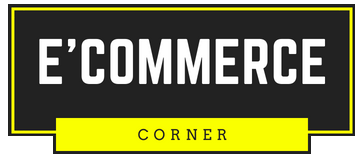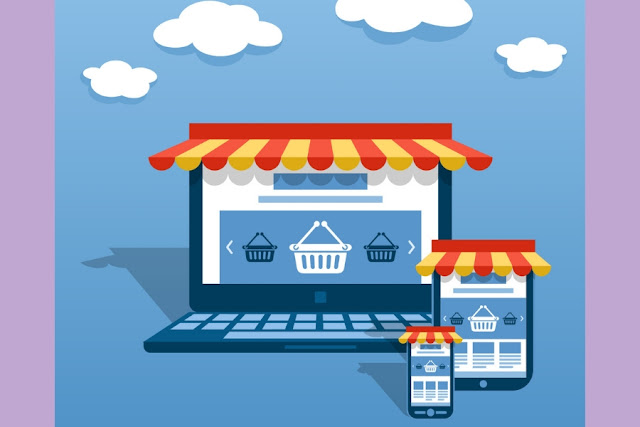When we talk about e-Commerce business the first thing that comes in our mind is that it is an online commercial or sale transaction that takes place between the supplier and the customer. While the idea of the concept is right, there are more specific factors Involved that categorize e-Commerce into six major types. Each of these types has different features and attribute.
E-Commerce business models
i Business-to-Business (B2B)
i Business-to-Consumer (B2C)
i Consumer-to-Business(C2B)
i Consumer-to-Consumer(C2C)
i Business-to-Administration(B2A)
i Consumer-to-Administration(C2A)
Let’s discuss in brief
1 Business-to-Business(B2B)
If the nature of your products or services is geared towards meeting the needs of business, setting up a B2B strategy is your best bet. Networking and reaching out is a more significant part of this strategy. A big advertising budget does not help much. The most significant challenge you would face is convincing established business that your products or services are an excellent fit for their processes.
The benefit of this e-Commerce business model is that order size are usually large, and repeat orders are widespread if you maintain the quality of your products and services. As an example of a great B2B model is Media Lounge.
Business-to-Consumer (B2C)
This is the model you should prefer if your products or services are targeted mainly towards individuals. The potential customer finds your website and determines whether your product could address their pinpoints.
After browsing the store, the customer may decide to make an order. As an epitome of a successful B2C business is Portugal Footwear.
Consumer-to-Consumer(C2C)
While B2B and B2B business concepts are familiar, Customer-to-Customer (C2C) is a concept unique to e-Commerce. This is mainly due to the most demanding applications. Such as OLX, Craigslist, and eBay.
These platforms provide authority to their users to trade, buy, sell, and rent products and services. In all transactions, the platforms receive a small commission. This business model is complex and feels the necessity for careful planning to operate. Many platforms are failed, generally due to legal issues.
Consumer-to-Business(C2B)
Customer-to-Business (C2B) business model is another great concept that is popular mainly due to platforms that consider to freelancers. In C2B, freelance workers perform the tasks provided by clients. Most of these clients are belongs to commercial entities and freelancers are often individuals. In straightforward terms, consider C2B is a sole proprietorship serving the more significant business.
Reverse auction websites, freelance marketplaces, affiliated marketing all form part of this business model. Again, this model requires marketplaces, affiliated marketing all form part of this business model, Again this model requires planning due to the legal complexities involved.
Business-to-Administration(B2A)
In this kind of e-Commerce transaction, there are dealings between companies and public administration. It encompasses different services, Such as social security, legal documents, employment and so on.
Consumer-to-Administration(C2A)
In this e-Commerce model, electronic transactions are carried between individuals and public administration. Some examples are distance learning, Information sharing, electronic tax filing, and many more.
The Primary objective of both the B2A and C2A types of e-Commerce is to Increase flexibility, efficiency, and transparency in public administration.
Conclusion,
As of now, you observed that there are several e-Commerce business models available, each with its own set of advantages. The right thing to do is to analyze all business model properly. Then try to find the best suitable model for your e-Commerce business according to your targeted audience.

















